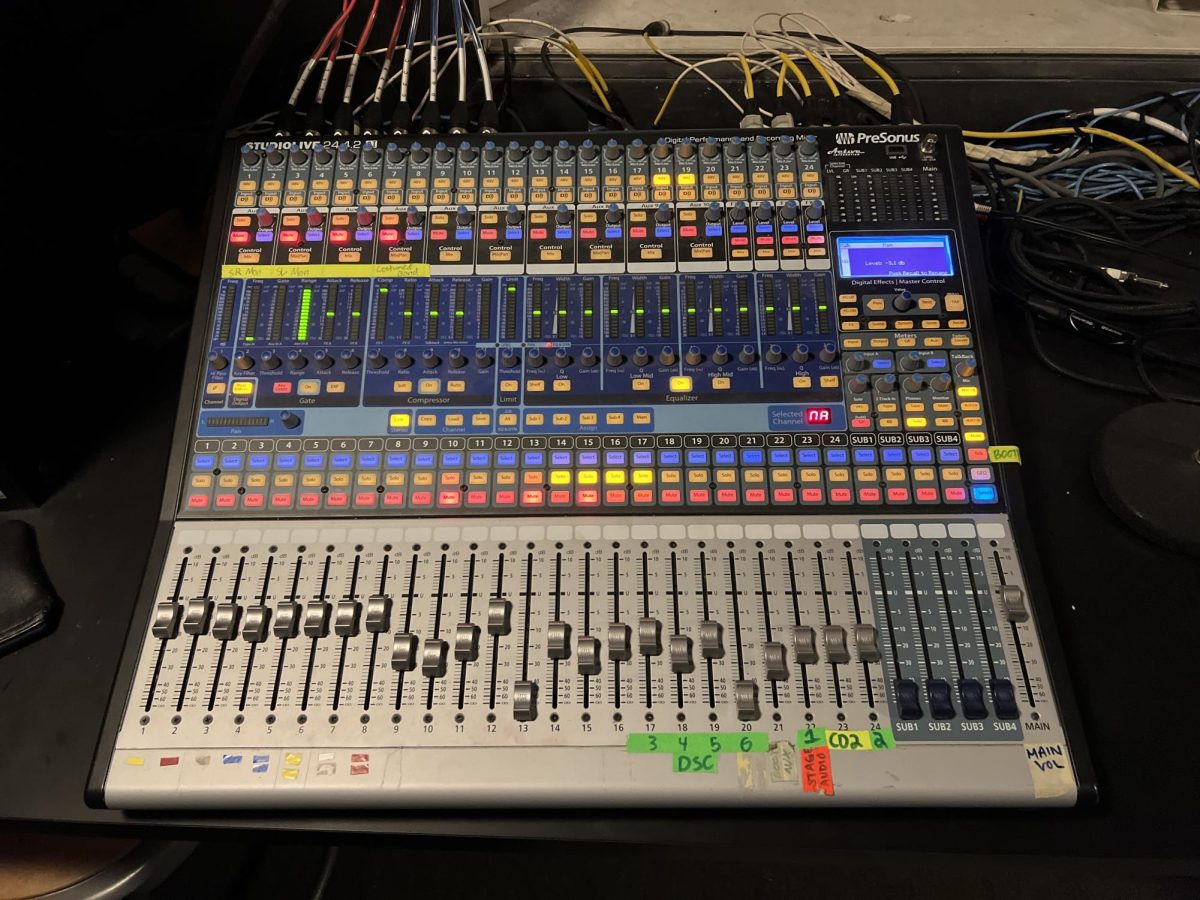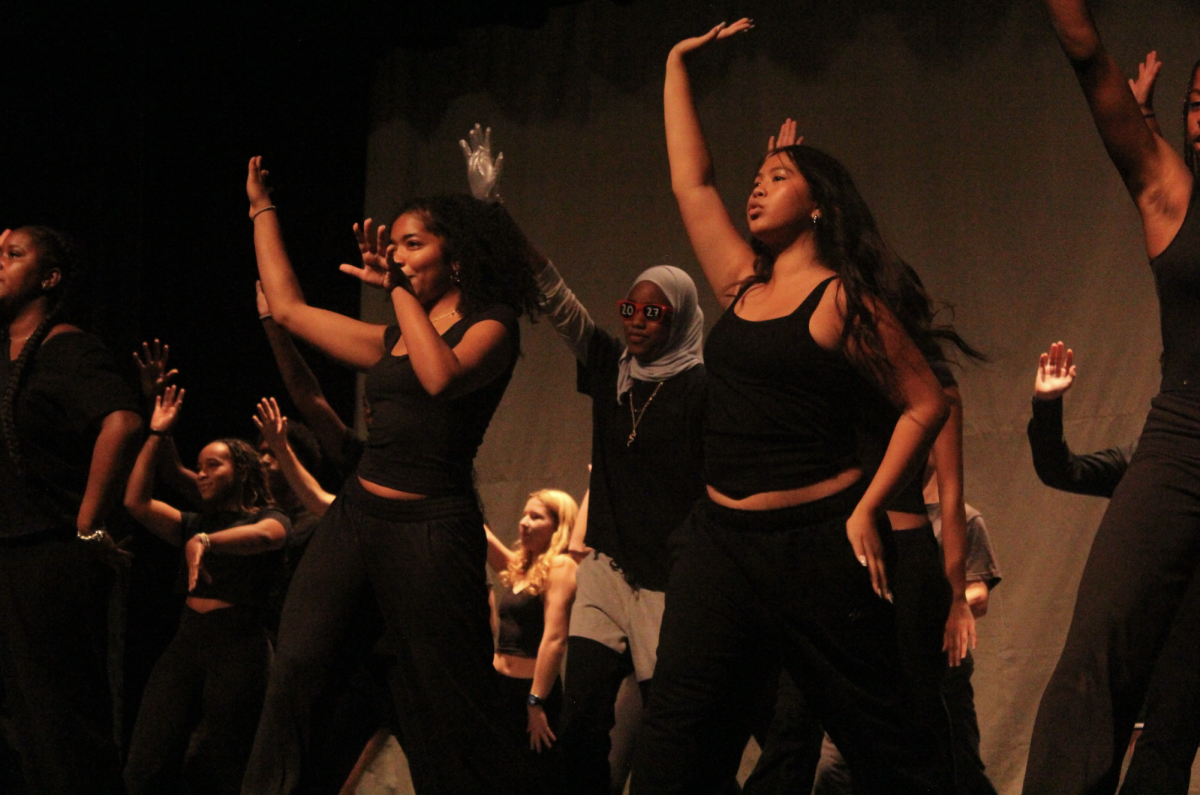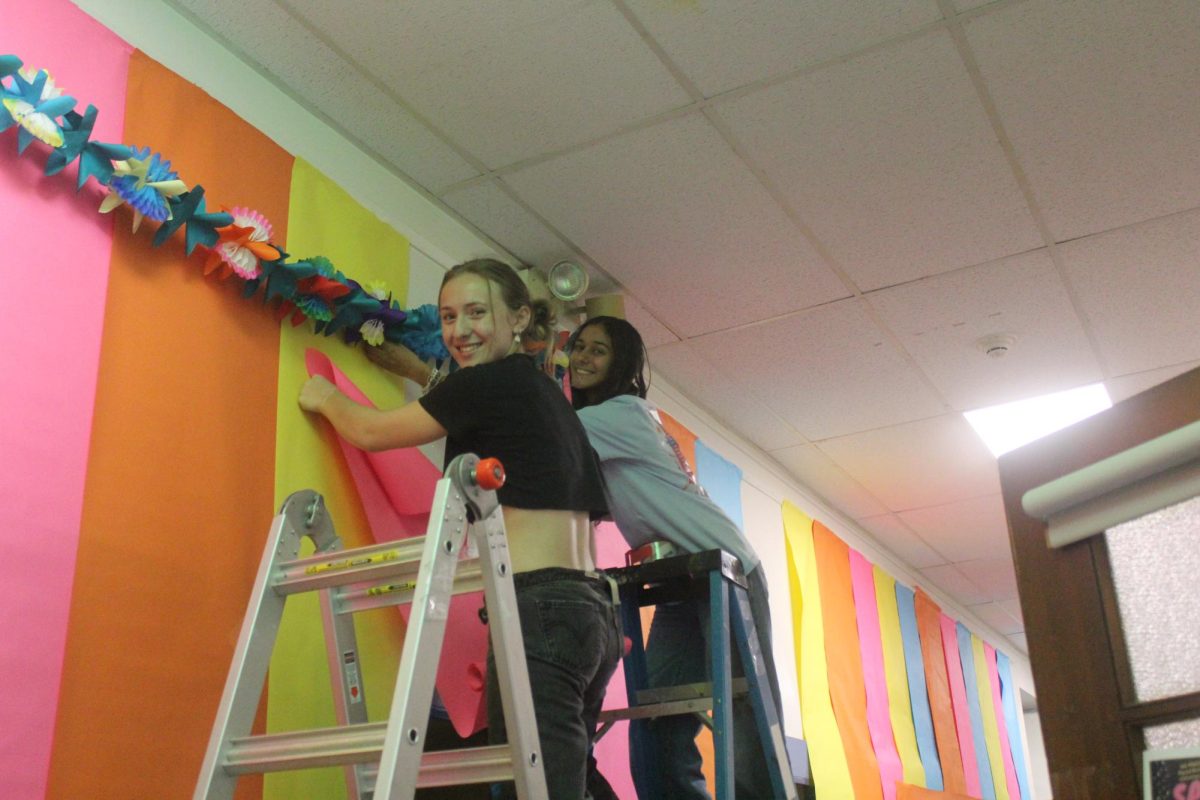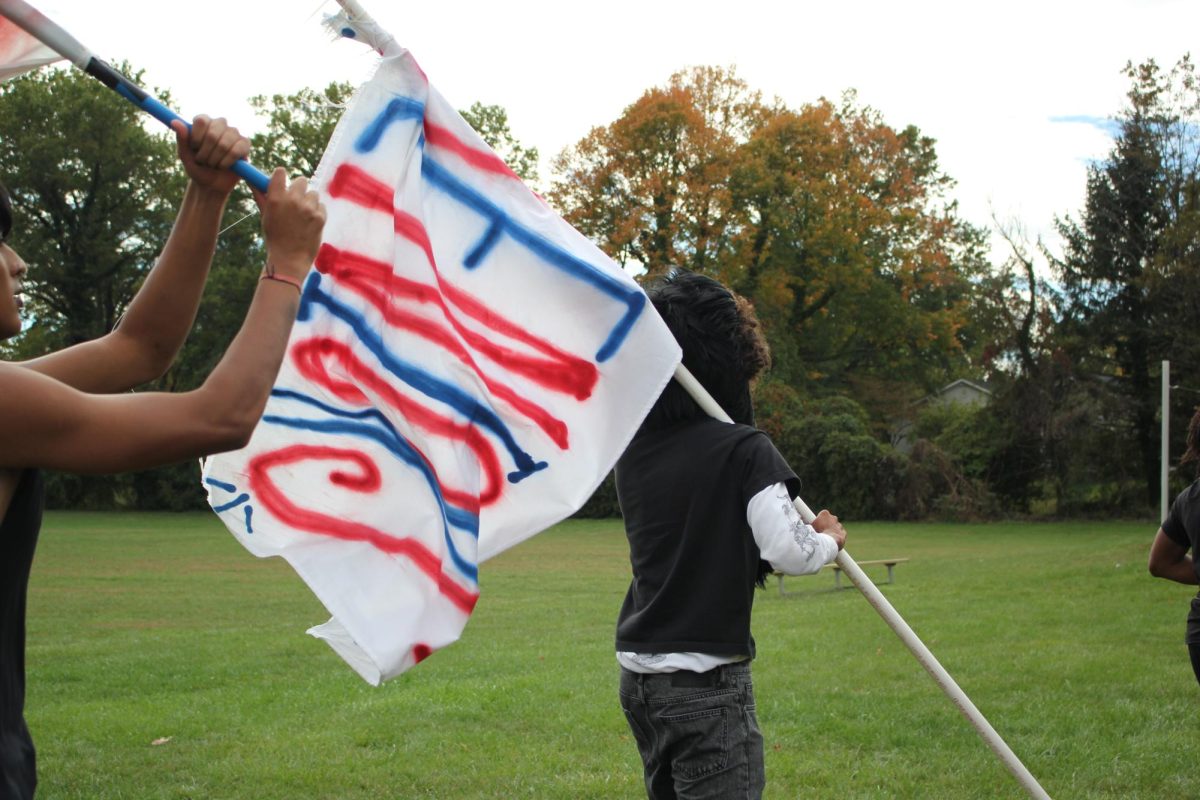
It’s no surprise to any high schooler considering college that attending a university comes with a hefty price. In the United States, the cost of attending college has increased consistently each year. Last year, all 14 of Pennsylvania’s public universities and the four “state related” schools — Pennsylvania State, Pittsburgh, Temple, and Lincoln universities saw a three percent rise in tuition, in addition to nearly $500 dollars in annual fees.
The average price for attending a university is almost $35,000 per year. In addition to tuition and room and board fees, textbooks and personal items can easily add up to somewhere over $5,000. Most families and their student(s) are expected to pay these costs out-of-pocket or through private or federal loans. As a college education quickly transitions from a privilege to a necessity, the financial burden on students and their families continues to be an ever-present concern when choosing a college.
The price tag associated with an associate’s or bachelor’s degree makes college a major obstacle for those of some socioeconomic status. As the idea to apply to over 10 schools becomes the expectation, the process of applying to college alone becomes expensive. For example, Senior Avery Handy from Burlington County Institute of Technology emphasizes that “application prices are just the beginning of high college prices. For the colleges I’m looking at, the application fees range from $55-$90.”
The current high price of college forces many middle-class families to make extreme sacrifices such as taking out a second home mortgage or putting most of the expenses on high interest credit cards to send their kids to college.
A current college student explained their financial situation entering their first semester at college: “My first year of school costs nearly $90,000, which has caused my family to refinance our mortgage… The banks won’t let a seventeen year-old take out an independent loan this large.”
20 years of price changes 1998-2018 — 100% to 225% price increases:
1. Hospital services 🏥
2. College tuition and fees👩🏽🎓
3. College textbooks 📚
4. Child care 🏫
5. Medical care 💉 pic.twitter.com/zk9JFw8O9k— Vala Afshar (@ValaAfshar) October 24, 2019
https://platform.twitter.com/widgets.js
Although some families are able to pay yearly tuition on paper, it would dramatically change their lifestyles. As Senior Samantha Bastien shared, “The upper middle class is put into this weird financial limbo of ‘I don’t qualify for financial aid, but I can’t pay full price’ because to truly afford college my family wouldn’t be able to take vacations, go out to eat, drive our cars, and maybe we’d have to move to a cheaper neighborhood.”
Larger families especially struggle with the cost of college, regardless of their economic standing. A senior shares their family’s struggle to afford attending a university: “I am the youngest of five children, and my parents have already put four kids through college. Although we don’t qualify for aid, we still consider college a priority and the economic burden it puts on our family is tough because there aren’t enough programs that consider large family scenarios.”
For the most part, families are given little support in filling out the sometimes complicated financial paperwork. To receive aid at most public and private universities, families must fill out the FAFSA (Free Application for Federal Student Aid) and CSS (College Scholarship Service) Profile. This acts as another barrier to keep students from receiving financial assistance because one small error in filling out the form could potentially lead to no financial reward for that year.
Many local students in Burlington County, New Jersey, have opted for new approaches to help curb the overall cost of college. Beginning in 2014, Rowan College at Burlington County’s 3 + 1 program has resulted in a 10% increase in student enrollment. In May, 212 students graduated after paying community college prices for three years, and then transferring to Rowan College’s main campus for their final year. According to the school’s website, there is an average tuition savings of $75,000 per student. Programs like this make higher education not only more affordable, but more accessible to a diverse range of students.











